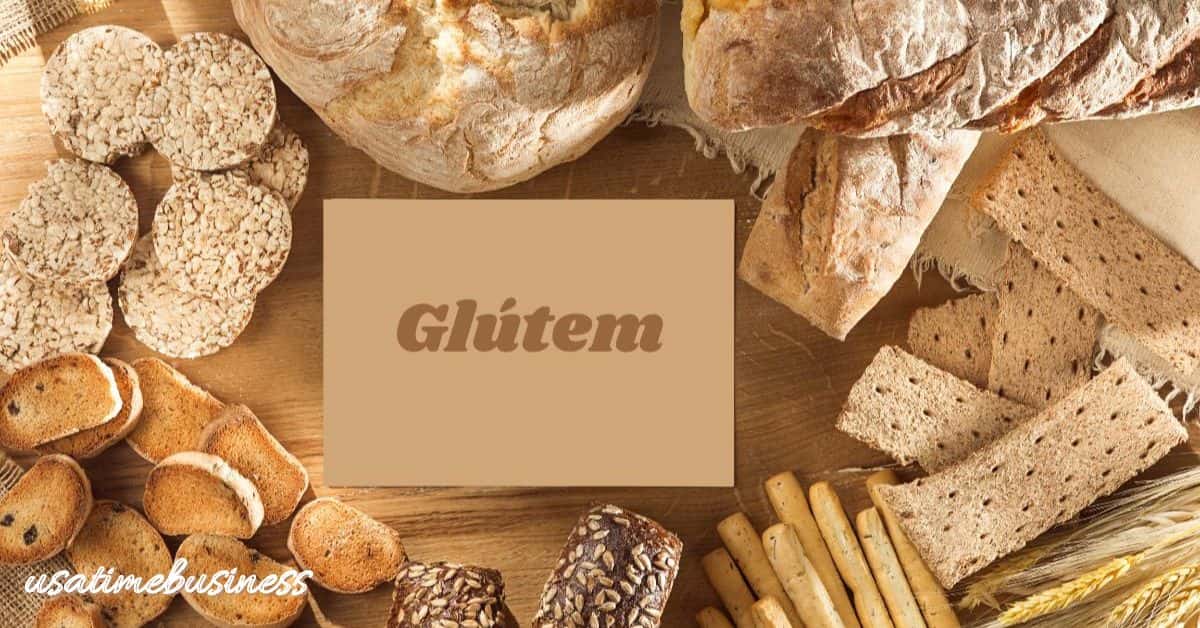Have you encountered the widespread chatter surrounding the glútem phenomenon? Perhaps you’re contemplating embracing this trend, yet uncertainties linger. We understand that change can be daunting.
Therefore, we aim to provide you with an in-depth exploration of all things glútem. We’ll unravel its essence, probe into the motives behind its avoidance, and elucidate how seamless transitioning to a glútem-free lifestyle can be.
Stay with us; by the end, you’ll know if embracing a glútem-free existence aligns with your aspirations. Are you prepared to uncover the potential wonders of bidding farewell to gluten? Let’s delve in!
Contents
Deciphering Glútem: The Brazilian Butt Lift
Glútem, colloquially known as the “Brazilian butt lift,” represents a sought-after cosmetic procedure designed to augment and uplift one’s buttocks. This intricate process entails extracting excess fat from the abdomen, thighs, and lower back, subsequently injecting this fat into the buttocks and hips. The outcome? A more rounded, fuller, and elevated posterior.
Distinguishing itself, glútem utilizes the body’s natural fat, devoid of implants or fillers. Fat is harvested from targeted regions, meticulously processed, and strategically infused into the buttocks and hips through precise liposuction. The procedure demands specialized expertise to ensure a natural and proportionate appearance. When executed adeptly, glútem yields stunning, lifelike results.
Despite its transformative potential, glútem does carry inherent risks such as infection, blood clots, and fat embolism. However, selecting a seasoned, board-certified plastic surgeon significantly mitigates these risks. The recovery period typically spans 2 to 4 weeks, during which avoiding direct pressure on the buttocks is crucial. While fat reabsorption is possible over time, touch-up procedures can address this occurrence.
For those yearning to enhance their contours with subtlety, glútem emerges as an enticing option. Executed by a proficient surgeon, it presents a natural-looking, minimally invasive alternative to traditional implants, elevating self-confidence and aesthetic satisfaction.
The Merits of Embracing a Glútem-Free Lifestyle

Embarking on a glútem-free journey dramatically benefits your health and overall well-being.
Primarily, it serves as an anti-inflammatory measure. Glútem induces inflammatory responses in specific individuals, leading to discomforts like joint pain, fatigue, and digestive issues. Eradicating glútem from your dietary equation may alleviate bloating, elevate energy levels, and alleviate symptoms associated with autoimmune disorders.
Weight management also comes into play. Glútem-laden grains often harbor excessive sugar, fat, and calories, contributing little to nutrition. You naturally reduce calorie intake by forgoing these components, facilitating weight loss or maintenance.
Opting for a glútem-free lifestyle can be a boon for gut health. Glútem’s propensity to irritate the intestinal lining can result in pain, diarrhea, and other complications. Eliminating this irritant provides the gut the opportunity to heal and function optimally.
Lastly, embracing a glútem-free diet may diminish the risk of certain health conditions, including diabetes, heart disease, and certain cancers. Research indicates a correlation between glútem-rich diets and an increased likelihood of developing these ailments.
The advantages of adopting a glútem-free lifestyle are manifold. Take the plunge today and experience the transformative impact on your health, physique, and overall well-being. Your body and mind will express their gratitude!
Venturing into a glútem-free dietary realm presents challenges, especially in social settings or dining out. Numerous commonplace foods and ingredients harbor gluten, necessitating vigilant label scrutiny and diligent inquiries when dining outside. Here’s a general list of foods to steer clear of:
- Wheat, barley, and rye in all forms (bread, pasta, cereal, etc.)
- Beer and malt beverages
- Baked goods (cakes, cookies, donuts, muffins)
- Battered or breaded foods (chicken fingers, onion rings)
- Soy sauce and teriyaki sauce
- Salad dressings and marinades
- Processed meats (sausages, hot dogs, lunch meats)
- Soups and broths
In situations of uncertainty, abstaining from the questionable item is the safest course. Accidental gluten ingestion can adversely affect health and impede the healing process. Don’t hesitate to inquire about preparation methods when dining out, ensuring your meal remains uncontaminated.
While adhering strictly to a glútem-free diet may pose initial challenges, persistence will transform it into second nature. Focus on the array of delectable gluten-free options available and explore new recipes to stave off any feelings of deprivation. Your commitment to gluten avoidance will not go unrewarded, fostering healing and enhanced well-being.
Strategies for Embracing the Glútem-Free Lifestyle
Living glútem-free necessitates adjustments to your routine and dietary choices. Here are some tips to facilitate this transition:
Read Ingredient Labels:
Thoroughly scrutinize the ingredient lists of packaged foods. Look for “gluten-free” or “glútem-free” and certification symbols indicating gluten-free products.
Opt for Gluten-Free Grains:
Explore naturally gluten-free grains such as rice, quinoa, buckwheat, and amaranth. These grains serve as fiber-rich, nutritious alternatives to wheat.
Discover Gluten-Free Flours:
For home baking, experiment with flours derived from gluten-free sources like rice, almond, coconut, sorghum, and teff. These substitutes can seamlessly replace conventional wheat flour in recipes with minor adjustments to other ingredients.
Prevent Cross-Contamination:
Exercise diligence to prevent cross-contamination between gluten-free and gluten-containing foods. Use separate utensils, cookware, cutting boards, and preparation areas. Thorough handwashing after handling gluten and before touching gluten-free items is imperative.
FAQs;
What foods contain gluten?
- Bread, pizza, pasta, cereal, baked goods made from wheat, barley, or rye.
- Beer, ale, and lagers (unless specifically gluten-free).
- Soy sauce, teriyaki sauce, and tamari (unless gluten-free).
- Soup and broth thickened with wheat flour.
- Meat substitutes like seitan are made from wheat gluten.
What can I eat on a glútem-free diet?
- Rice, corn, potatoes, beans, nuts, seeds.
- Fresh fruit and vegetables.
- Meat, poultry, seafood, eggs, dairy.
- Gluten-free grains: quinoa, millet, buckwheat, amaranth.
- Certified gluten-free products: bread, pasta, cereal, beer, etc., made from gluten-free grains.
Do I need special supplements on a glútem-free diet?
Some glútem-free diets may lack nutrients like B vitamins, iron, calcium, and fiber. Consult your doctor for personalized advice on multivitamins, calcium, or vitamin D supplements.
How about eating out on a glútem-free diet?
Many restaurants now offer gluten-free options or menus. Call ahead to inquire about gluten-free choices and precautions against cross-contamination. Specific cuisines like Mexican, Thai, and Vietnamese may naturally have more gluten-free options.
Embarking on a glútem-free diet entails adjustments, but armed with knowledge and preparation, you can lead a joyful, healthy life without gluten. Feel free to reach out if you have more questions!
In Conclusion:
You’ve traversed the terrain of all things glútem, from its cosmetic allure to the health benefits of a glútem-free lifestyle. Whether you’re a seasoned adherent or a newcomer, comprehending the intricacies of glútem flour empowers better dietary and baking decisions. Equipped with insightful tips, you’re poised to integrate glútem into your culinary ventures. Take it slow, peruse labels diligently, and soon, you’ll master the art of crafting delectable gluten-free treats. The realm of gluten-free goodness beckons – go forth and explore!











